How To Maintain Your RV Water Softener
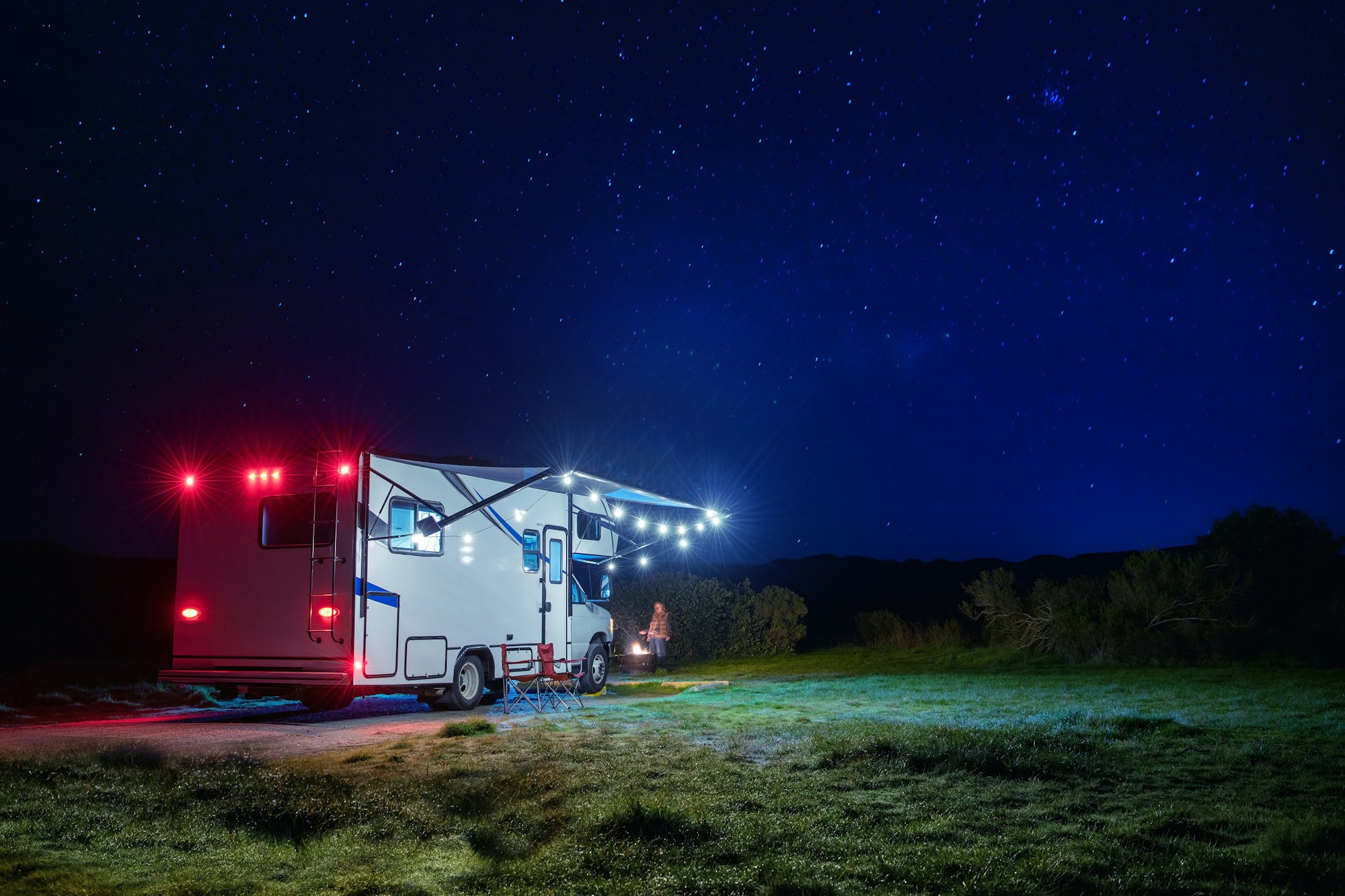
Shop Our Products
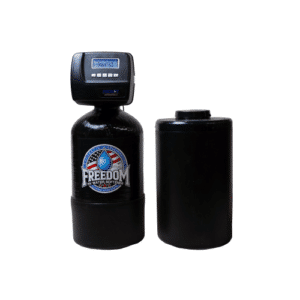
Freedom RV Water Softener System
Specifically for RV and fifth-wheel owners, this high-quality system guarantees your RV’s water is pure,
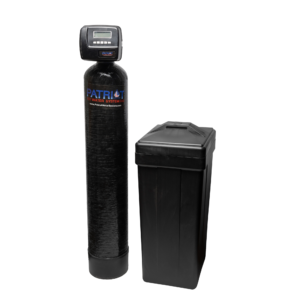

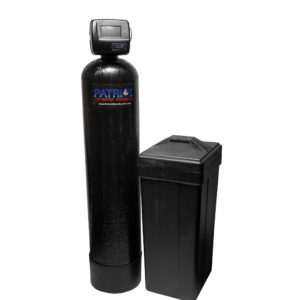
RV water softener maintenance is the most important step in keeping your plumbing and appliances in good condition. When you’re traveling, the water you encounter often contains high levels of minerals like calcium and magnesium.
Without proper care, these minerals can lead to several issues, including:
- Clogged pipes and reduced water flow
- Damaged or inefficient appliances
- Increased costs for repairs or replacements
By regularly maintaining your water softener, you can prevent these problems, allowing your system to work efficiently. Softened water also makes everyday tasks like washing dishes and doing laundry easier by leaving less soap scum and fewer mineral deposits.
This guide will provide you with RV-specific maintenance tips for both self regenerating and manual regenerating water softeners, helping you keep your system in top shape whether you’re at a campsite or on the road.
Understanding Your RV Water Softener
Knowing how your RV water softener works is key to keeping it running smoothly. There are two main types of water softeners used in RVs, manual regenerating units and self regenerating units. Let’s take a look at what basic maintenance looks like for each type.
Manual Regenerating Units
These units are more hands-on and require you to manually start the regeneration process. Although these units are less expensive initially, they demand more time and effort to keep them functioning properly.
How the Regeneration Process Works
- Prepare a Salt Solution: Dissolve a specific amount of salt in water to create a brine solution.
- Start the Regeneration Cycle: Manually initiate the 5 stage regeneration process
- Fill: Water flows into the brine tank to create the brine solution needed for regeneration. The control valve carefully measures the right amount to get the process started.
- Brine Draw: The brine solution is drawn into the resin tank. The high concentration of sodium ions in the brine replaces the hard water minerals on the resin beads.
- Slow Rinse: Fresh water slowly rinses the resin beads, washing away any leftover brine and minerals.
- Backwash: The system flushes out any debris or sediment trapped in the resin tank
- Fast Rinse: The system rinses away the remaining brine and minerals, preparing the resin for softening water again.
- Flush the System: After regeneration, flush the softener with clean water to remove any residual salt or mineral deposits.
The entire process can take up to 60 minutes, depending on your unit. You’ll need to monitor the system and regenerate regularly based on your water usage and hardness levels. If you forget to regenerate, your water softener won’t be able to remove minerals, leading to hard water in your RV.
- Pros: Lower initial cost, compact and easy to store, gives you more control over the regeneration process.
- Cons: Time-consuming, easy to forget, and requires frequent monitoring and manual intervention.
Self Regenerating Units
Self regenerating units are designed to regenerate automatically, requiring very little input from you. For example, the Freedom RV Water Softener only needs you to add salt every three months. This makes it a convenient option for RV owners who want a low-maintenance solution.
- Pros: Minimal effort required, consistent performance
- Cons: Higher upfront cost compared to manual units
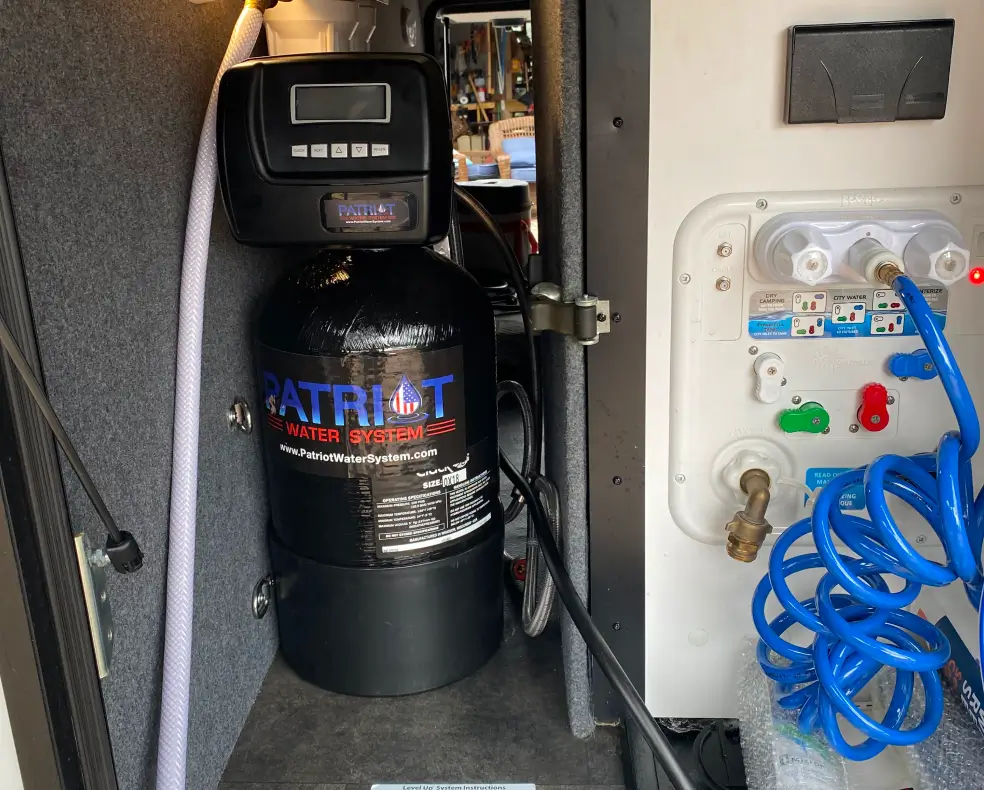
Differences from Home Water Softener Maintenance
RV water softener maintenance is not too different from taking care of a household unit. Both systems involve similar regeneration processes and basic upkeep. However, there are a few differences to be mindful of when you’re on the road:
Unlike home systems, RV water softeners experience constant movement and vibrations, which can stress fittings, hoses, and other components.
Tip: Regularly inspect all fittings, hoses, and connections for signs of wear or loosening. Tighten or replace components as needed.
You’ll encounter different levels of water hardness as you travel, which means you’ll need to adapt your maintenance routine more frequently. Be prepared to maintain your water softener more frequently when visiting areas known for hard water.
Tip: Keep a set of water hardness test strips handy. Test the water at each new location and adjust your softener settings accordingly.
RV’s do not have room for large water softeners, so optimizing space and choosing the right unit for your RV is important.
Tip: Choose a location to install your RV water softener that allows you to access and maintain your unit easily.
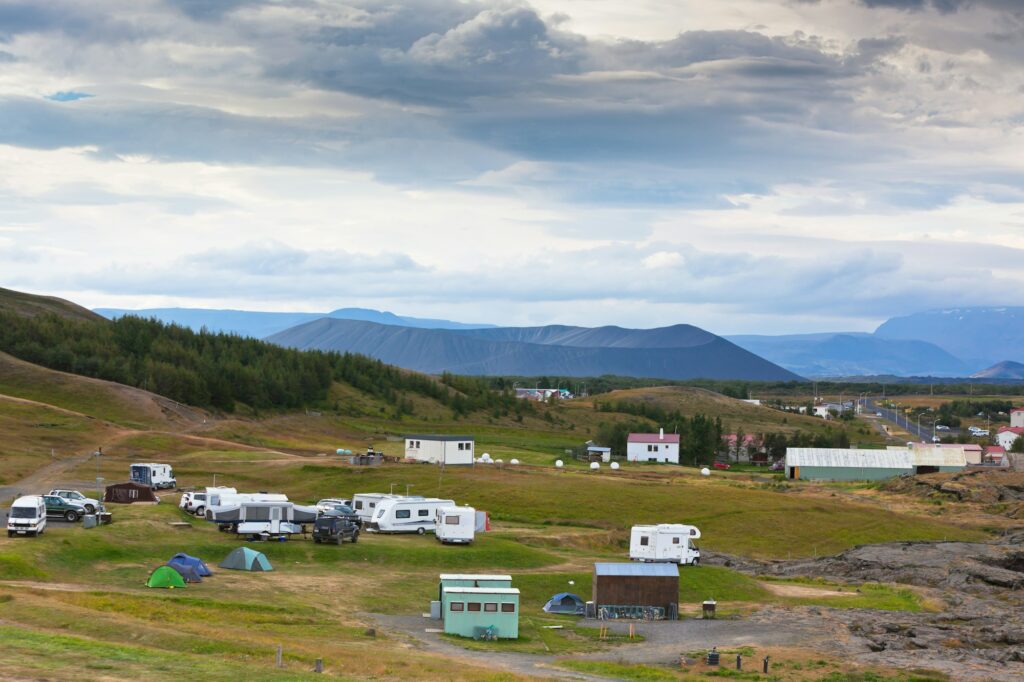
Environmental Considerations
When using a water softener in your RV, it’s important to be mindful of your environmental impact and to follow regulations at campgrounds. Here are key practices to help you stay compliant and eco-friendly.
Wastewater Disposal
Dispose of regeneration and backwash water properly. Many campsites have strict rules to protect the environment and maintain cleanliness.
Always dispose of regeneration and backwash water in designated dumping areas or wastewater facilities. Never release this water onto the ground, as it can harm local vegetation and wildlife.
Eco-Friendly Products
Some products used in water softener maintenance can be harmful to the environment, so it’s wise to choose eco-friendly options. Opt for environmentally safe salts and biodegradable cleaning agents to minimize your impact on nature. These products are designed to be less harmful to local ecosystems.
Minimizing Water Waste
Water conservation is crucial, especially when camping in areas where water is scarce. Use efficient regeneration settings on your water softener to minimize water usage. If your unit allows for customization, adjust it to use only as much water as necessary for effective softening.
Troubleshooting Common Issues
Even with regular maintenance, problems can still arise with your RV water softener. Here are some common issues and tips to resolve them.
Low Water Pressure
Possible Causes: A clogged resin bed or filters are the usual culprits. Mineral buildup can restrict water flow, making it harder for water to move through the system.
Clean or replace the filters regularly, especially if you’ve been traveling through areas with hard water. If water pressure doesn’t improve, consider backwashing the unit to flush out any debris clogging the resin bed.
Salt Bridging
What It Is: Salt bridging occurs when salt in the brine tank hardens into a solid “bridge” above the water level, preventing proper regeneration. This often happens in humid conditions or if the tank is overfilled.
Use a broom handle or a similar object to gently break up the salt bridge. Be careful not to damage the tank. To prevent future bridging, avoid overfilling the salt tank and regularly stir the salt to keep it loose.
Ineffective Water Softening
Possible Causes: Ineffective softening may result from exhausted resin, incorrect settings, or an insufficient regeneration cycle. If your water softener isn’t working as it should, minerals like calcium and magnesium may not be properly removed.
Test the water hardness using test strips to see if adjustments are needed. Check your manual for the correct settings and make changes if necessary. If the resin is exhausted, consider replacing it to restore your water softener’s effectiveness.
Learn More About RV Water Softener Maintenance
Dive Deeper into Regeneration Steps
Check out our detailed guide on How to Regenerate Your RV Water Softener for step-by-step instructions.
Upgrade to a Low-Maintenance Solution
Explore the benefits of the Freedom Self-Regenerating RV Water Softener for a more effortless and reliable maintenance experience. Your system can be up and running in about 20 minutes with our installation guide.
Frequently Asked Questions
Do RV water softeners need routine maintenance?
Yes, water softeners require routine maintenance to provide optimal performance and longevity. Regular tasks include replenishing the salt supply, cleaning the brine tank, and occasionally replacing filters or resin beads.
How do you know when your water softener needs to be cleaned?
Signs that your water softener needs cleaning include reduced water softness, a salty taste in the water, or visible buildup of salt or sediment in the brine tank. Regular inspections can help identify these issues early.
What happens if you don’t clean your water softener?
Neglecting to clean your water softener can lead to decreased efficiency, hard water passing through your system, and potential damage to the unit. Over time, this can result in scale buildup in your plumbing and appliances, reducing their lifespan.
How to clean the inside of a water softener?
To clean the inside of a water softener, first, disconnect the unit from the power supply. Empty the brine tank and remove any salt or sediment buildup. Clean the tank with a mixture of water and a mild detergent, rinse thoroughly, and refill with fresh water and the appropriate amount of salt. Consult your manufacturer’s manual for specific instructions tailored to your model.
Share:
Talk to A Water Quality Expert
Shop Our Products

Freedom RV Water Softener System
Specifically for RV and fifth-wheel owners, this high-quality system guarantees your RV’s water is pure,




Annual Water Softener Maintenance Checklist
Performing annual maintenance on your water softener prevents mineral buildup, ensures efficient operation, and extends its lifespan. Our checklist includes: a) checking salt levels, b) cleaning the brine tank, c) breaking up salt bridges, d) cleaning the resin tank, e) inspecting valves, and f) flushing the system. Regular maintenance keeps your water softener running smoothly and protects your investment.

Clear2O Water Filter Alternatives
The best Clear2O water filter alternative for RVs is the Hydro Guard™ Advanced RV Inline Water Filter. It removes contaminants like chlorine and sediment, ensuring clean and safe water. Learn about more top alternatives and why you might need both a water filter and a softener for your RV.
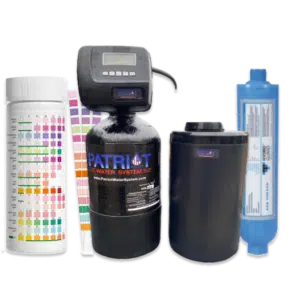
The Best Self Regenerating RV Water Softener
Patriot’s Freedom Water System is the best self regenerating RV water softener on the market. It features automatic regeneration, a compact design, and requires minimal maintenance, making sure you have a steady supply of soft, clean water in your RV.
Join Our
Newsletter
Get the latest information, and exclusive offers on water softening and purity solutions
